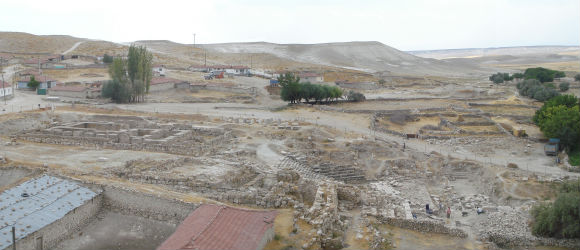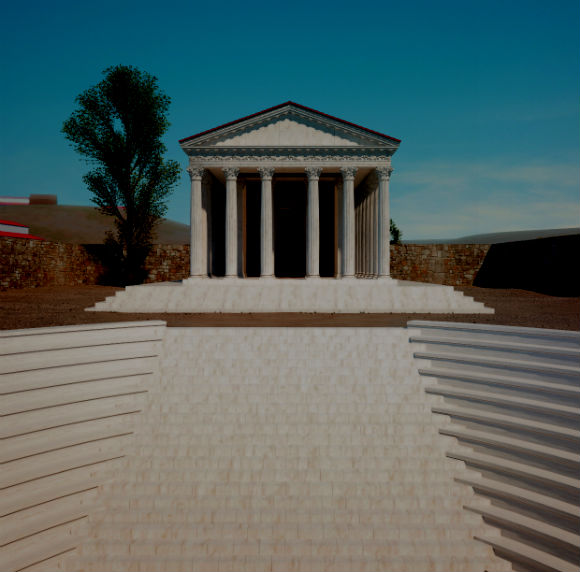The ruins of the city of Pessinus are about 15 kilometers south of the town of Sivrihisar and on the left bank of the Sangarius (Sakarya) River. What is left includes a theater and the foundations of the famous temple to Cybele. Pieces of the marble wall of the canal for the stream are still in place. A small museum protects some of the tombstones found on the necropolis. The King of Pergamon, Attalus, was associated with moving the sacred black stone supposed to represent the Mother of the Gods from that temple to Rome toward the end of the third century B.C.
The case for Paul the Apostle having visited Pessinus is stronger than that for the first three. It is based on these facts: Pessinus was on the Persian Royal Road the main highway east and west; Paul did travel through Phrygia and Galatia north of the province of Asia and a plausible route would have been along the Sakarya valley; and he did consider entering Bithynia on his second journey (Acts 16:6-8) so he could have been even farther north than Pessinus. One problem is in establishing what the boundaries of these provinces were at the time he was there and what they were in the writer’s knowledge. As no other outside evidence has come to light yet to point one way or another for his route, the speculation remains.
Pessinus,

